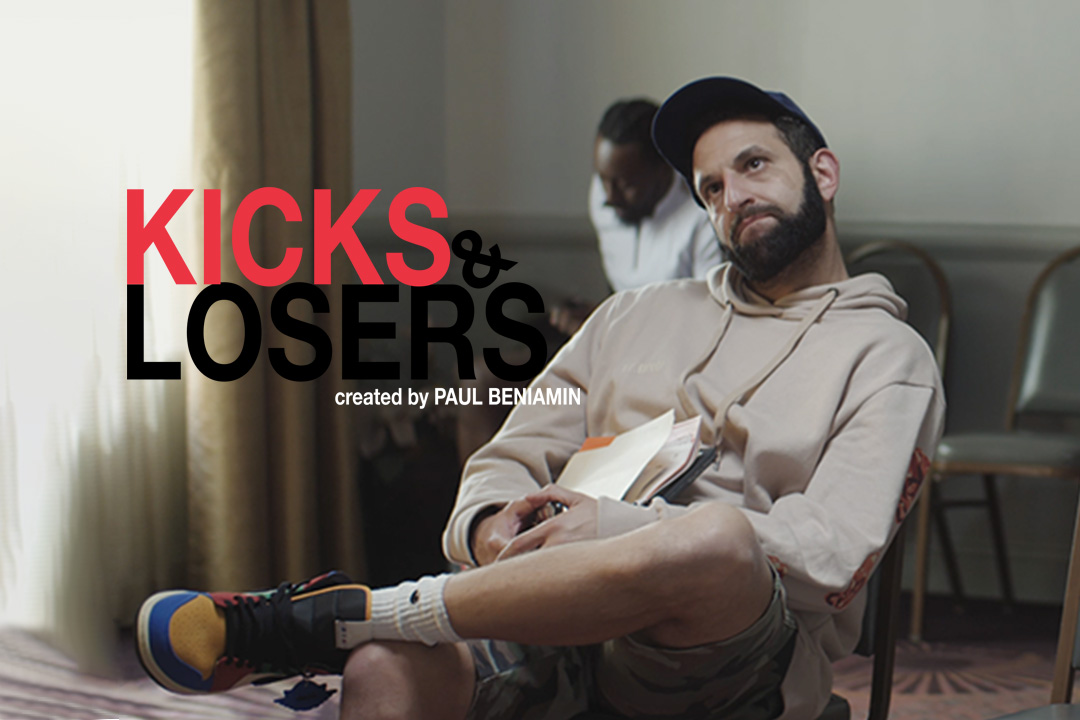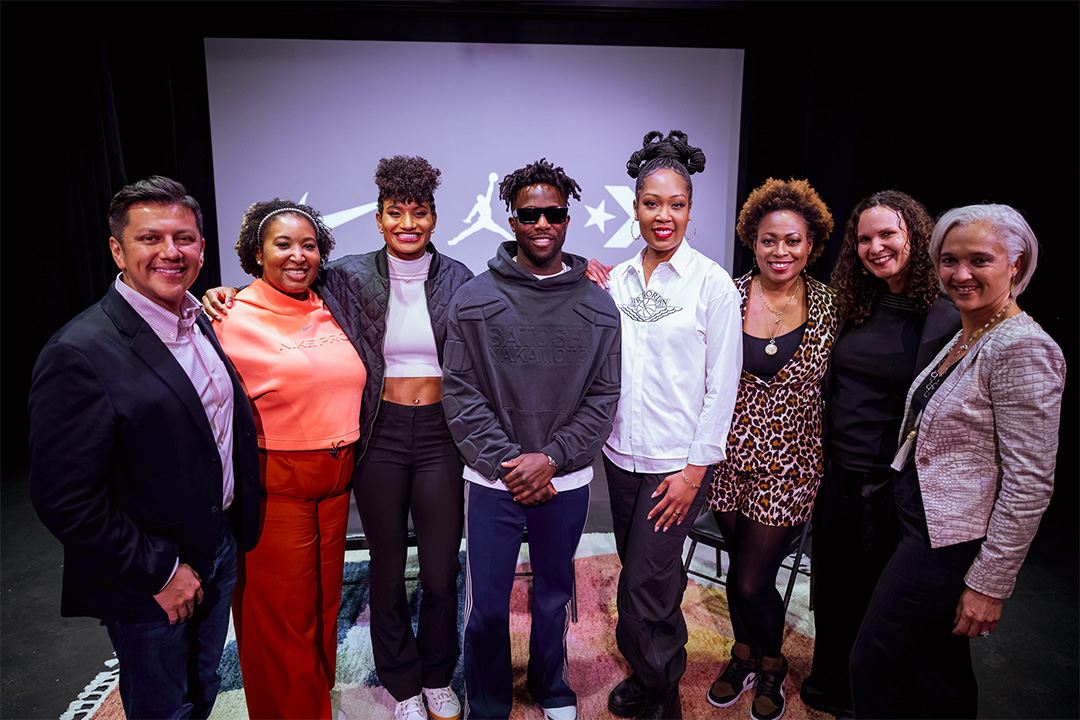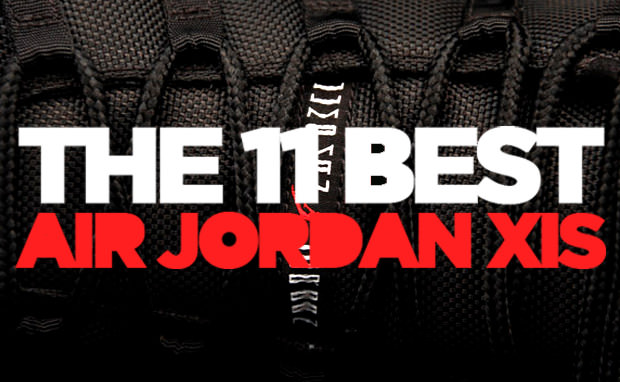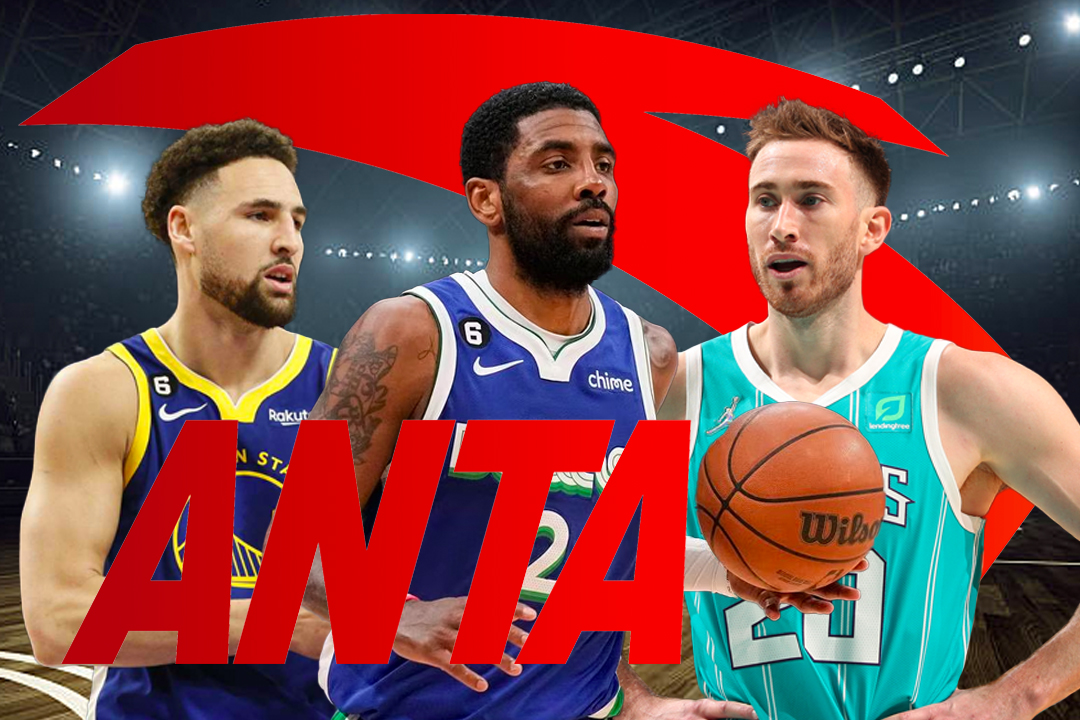This post may contain affiliate links. Please read our disclosure policy.
A man of many titles, Paul Beniamin is a filmmaker, actor, storyteller, and sneakerhead. Paul grew up in New Jersey collecting sneakers with his twin brother before he moved to New York City to study acting at Stella Adler Studio.
Shortly after leaving theater school, Paul realized that he wasn’t into theater as much as he thought and wanted to shift to on-camera work. He quickly picked up jobs within the entertainment industry to get first-hand experience on the hustle and bustle of show business. This led Paul to be able to start his own production company, Like Father Films. Paul found success in directing and acting in his very own short film “Noon,” which screened at eight different film festivals, won a Merit Award, and landed nominations for Best Writer and Best Actor.
After taking a break from the film festival circuit, Paul began developing the concept for “Kicks & Losers” — a show about the struggle of an aspiring artist that pursues his love of customizing sneakers as he tries to balance love of fame and the personal relationships that keep him grounded.
“Kicks & Losers” centers around its main character Brandon, who is played by Paul. Brandon is trying to become a respected sneaker customizer while him and his brother Benji support their older sister, Lucy, through her battle with cancer. His close friend Nathan is currently on house arrest and is trying to deal with inner turmoil, but that doesn’t stop Lowkey from keeping Brandon focused on his dreams. Brandon is given the opportunity to elevate his career as he gets commissioned to make a custom sneaker for rising popstar, Ava Regency. With new business connections and a potential relationship on the horizon, Brandon is forced to make a decision — should he stay or should he go?
Although “Kicks & Losers” is still in its beginning stages, there has been a lot of support surrounding the show — including Nice Kicks as the official sponsor. Sneaker customizers Mache and Malcom Garret also provided insights for the show; Mache is an Executive Producer and Garret is an Associate Producer. Audio experts at SonusPro and Sfera Post, supported “Kicks & Losers” by enabling all seven episodes of Season 1 to be mastered in 3D Audio. With a talented cast and crew behind it all, “Kicks & Losers” is sure to be a show to keep your eye on.
Get the behind-the-scenes scoop on “Kicks & Losers” as we talk to Paul Beniamin about writing the show, filming during the pandemic, customizing sneakers as a form of method acting, and more.
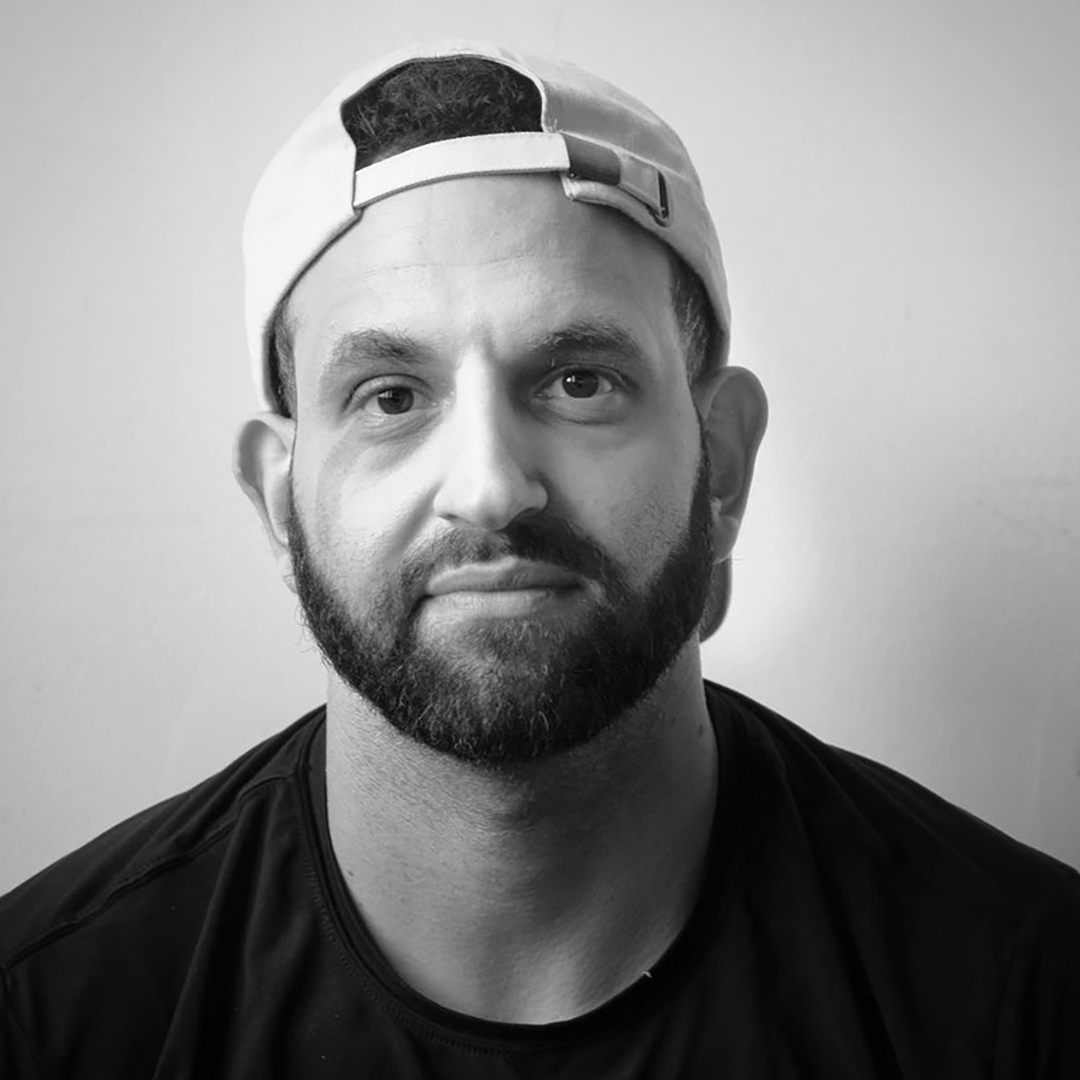
Nice Kicks: When did Kicks & Losers first come into conception?
Paul Beniamin: “It’s been a really wild ride. I’m a very spiritual and religious person, so I just got to give all the glory to God. This was something that I created when I got out of theater school. The concept came to me about 6-7 years ago. Before that, I made a short film. One of my close friends, as well as my father, who just passed away, they loved Kicks & Losers and they were like, ‘You should just go ahead and do it.’ So I did it. I wrote it and was ready to go into production – and then the pandemic happened.”
When you got news of the pandemic, how did that feel? Were you scared that the show was going to fall through?
“I was extremely scared. A year goes by and everybody’s asking for Kicks & Losers. It was still on people’s minds and then it kind of fizzled down. People weren’t talking about it and I wasn’t really promoting it. I was like, ‘What am I going to do to get this back out there?’ The film industry changes, the TV industry changes, the sneaker industry changes. [I was scared the sneakers in the show were going to seem dated.] I had a close friend and I expressed this fear to them. He’s like, ‘Dude, sneakers are timeless. Don’t worry about it.’”
How did the pandemic affect putting together the show?
“New Jersey lifted up their policy to allow independent filmmakers to shoot on private property, but we had to remove a lot of the interior scenes. We all got this certification called the ‘Safe Set Certification,’ which the industry was doing. It was free. It just makes everybody aware – actors, cast members, crew members – of how things are going to work. So everybody masked up and wore gloves. Everybody had to bring their own lunch. I gave everybody an allowance daily to take lunch and be at the safest distance. We shot full days [with a limited crew.] We shot with a cinematographer and an assistant cinematographer that also played as the grip, and did all these other roles. If we got lucky, we had one production assistant, one sound guy, an assistant director, and then the second assistant director worked from home. We had the director and myself, all the producers were remote, and whatever actors we needed that day, we got that day – that’s all we had. We didn’t go too crazy. It was a really small skeleton crew, but it just came out so beautiful because of the passion and the love that everybody put into it. It was amazing. It was such a blessing. It was like the world stopped, but we kept going. I told everybody around me, ‘The world stopped moving so we all can catch up.’”
How long did it take you to write Kicks & Losers?
“To write all seven episodes, it took me about two months. A lot of the scenes that were removed, I think I could save for Season 2 when the show gets picked up. If the networks love what we did, we can always go back and shoot those missing pieces, and place them back in.”
What was the inspiration for Kicks & Losers?
“It was originally a New Jersey story based on my life and my twin brother, and the other friends that were around me. There’s no series out there that follows a sneaker artist, so I wanted to do that. I didn’t really want to highlight so much of the sneakers like they did with [other sneaker shows.] I love the style of Entourage, Insecure, and Atlanta. I wanted to take the viewer and bring them into a world which was very real, and at times sad, and at times funny. With a series like this, I want [people to know that] you’re accepted, you’re good. No matter what. No matter how old you are, what gender you are, what color your skin is, or what your talent is – go for it. The show was meant to inspire people to love what they believe in. Reach for the stars and have fun with it. It’s fun to bring people into the culture of sneakers and the seriousness of it.”
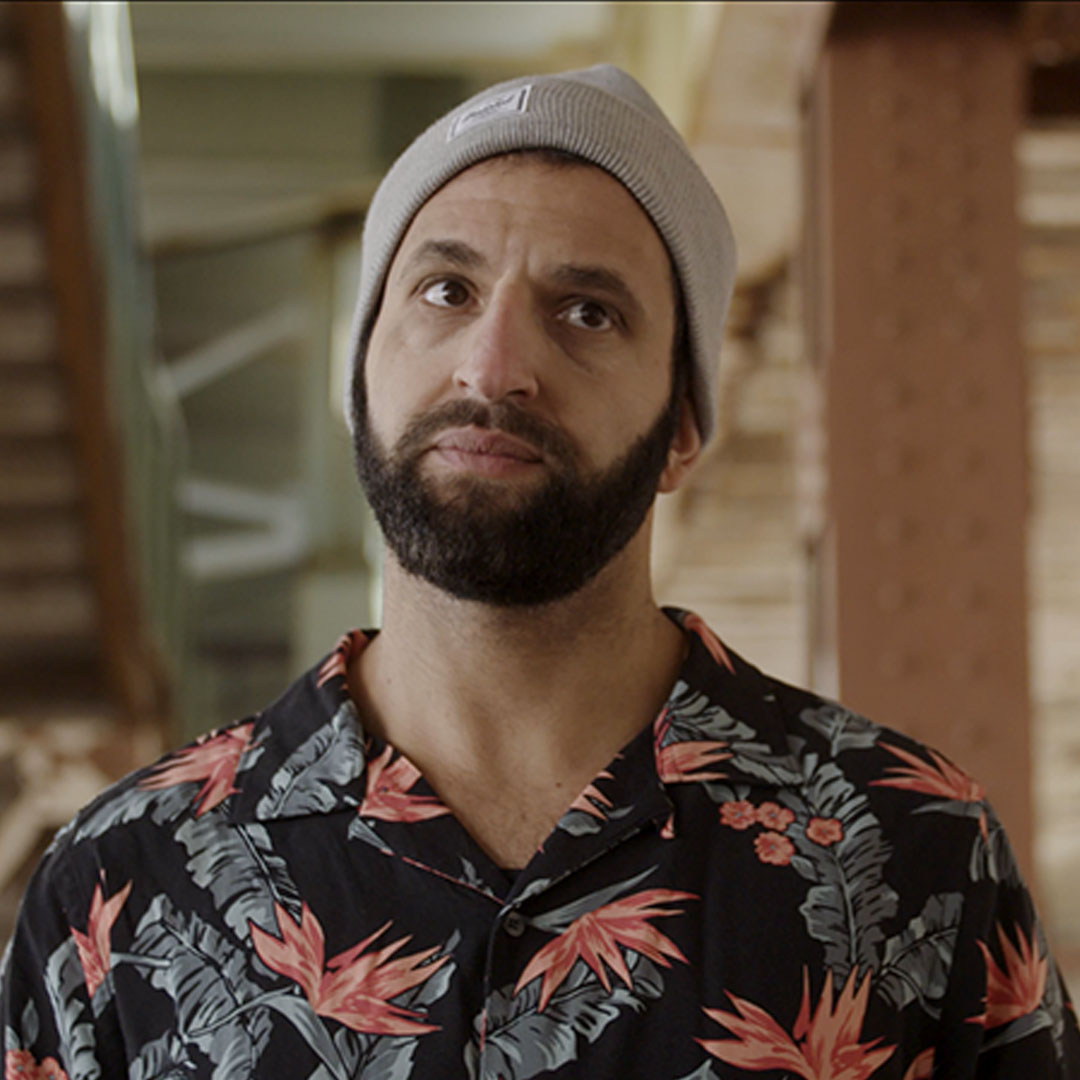
What was the intention with naming the show “Kicks & Losers?”
“I wanted people to say, ‘Kicks? Alright, sneakers.’ And then losers, to kind of make people scratch their heads. The loser part is [a nod to] these leading characters, where society is going to say, ‘They’re losers. They’re not successful. They’re not going to college. They’re not able to sustain themselves. They’re always up and down. They’re unreliable. They’re just losers.’ That was always the terminology. ‘You’re a loser. You’ll never be anything.’ When I told people I want to be a full time filmmaker and quit my job, people said, ‘You’re going to be a loser. You can’t do that. You shouldn’t do that.’ And I said, ‘Listen, don’t reflect your fear on me because I have ambitions. My dreams are big’. That’s the premise of Kicks and Losers.”
What was it like to work with the legendary Matt Halfhill?
“When Matt gave me his support, I felt so much better because this is someone that knows sneakers, knows the culture, knows the people, knows the fan base. He said, ‘If I could do a story about this and help get more viewers and eyes on your show, I’d be happy to do that.’ I told him I’m honored. I am so blessed to be validated by Matt, Malcolm, Angelus Paint, and all my crew members that believed in Kicks & Losers.”
What was it like working with Malcolm Garret and Mache?
“I’m friends with Malcolm Garret and was always a fan of Mache. So I reached out to Mache and said, ‘I’m doing this series. Here’s some of the episodes that we’ve already shot. We’re still shooting and I would love to have you involved.’ He didn’t know at what capacity so I said, ‘Okay, just take a look at it and let me know what you think.’ Him and his manager took about 3-4 days, and then they responded back with, ‘We’re in.’ So I said, ‘Okay, let’s go for it.’ Majority of it was already done, but he just gave me some of his insight. I was already a fan of his. I was a fan of his and all these other artists like Blue the Great and Tyree Dillihay, who is one of the directors of Bob’s Burgers. So I was friends with them and already understood how these artists work; how they move, what their ups and downs were, how they made it, and how they juggle everything. I was able to embed all that into the show.”
Did Mache inspire any of the characters?
“One thing that me and Mache always say is, ‘Wear your kicks.’ Following Mache and his journey helped to write the character of Brandon and his story. His ultimate goal is to maybe create his own sneaker collab with a big company like Nike or Adidas, and really have something that he can say is his. I bought Mache’s sneakers and put them on, and I’m like, ‘Dude, these sneakers are amazing!’ That feeling that I was getting I’m sure is what the character Brandon wants his fan base to have when he creates his own sneaker. Mache is the most humble person. When we did the screening party, he came down to New Jersey. He spoke to everybody and was taking pictures with everybody. He’s just the most down to Earth dude. I really wanted Brandon to be this character, to be a down to Earth person.”
Are there any other people in the sneaker community that you would like to see be apart of Kicks & Losers?
“There’s so many. Ronnie Fieg. Jeff Staple. Nicky Diamonds. Blue the Great. A cameo from Jordan would be so dope. A lot of musicians are really deep into sneaker culture so that would be super cool. The list goes on. Sky’s the limit.”
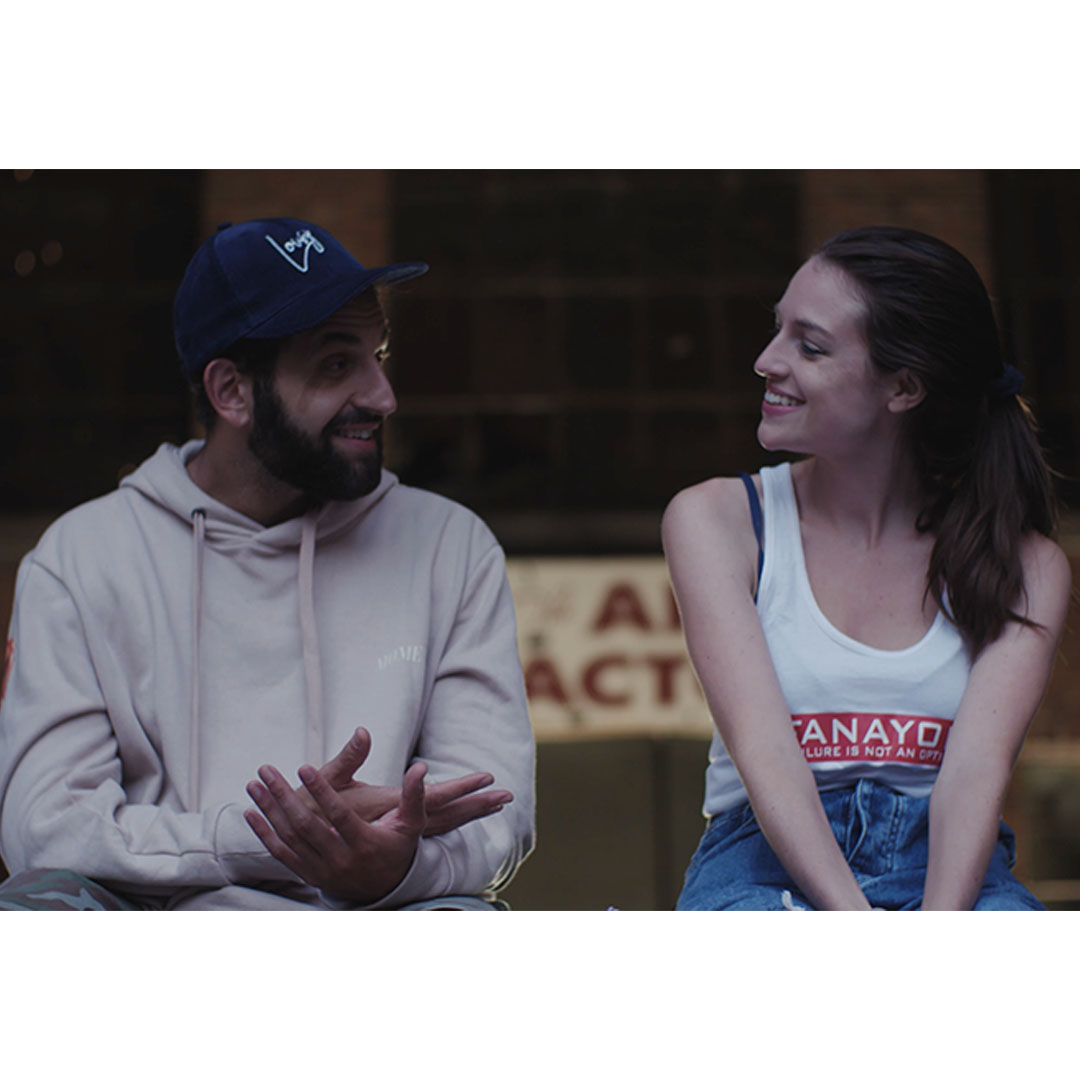
Give me a breakdown of the Kicks & Losers characters.
“We have Brandon, who is one of the main story leads, which is my character. That is a very serious storyline. Then you have Nathan, who is the comedic side, but as soon as you get into episodes five and six, you start realizing there’s a problem with him, his surroundings, and his family. Where Brandon is the polar opposite. He’s a very serious type of person where everybody around him is funny. He is given this opportunity to excel in his art, but now is kind of anchored by the issues with his little brother and sister Lucy. His sister is one of his biggest fans and [wants Brandon to succeed.] We’re all a little bit of a Brandon. A little bit of a Nathan that doesn’t want to grow up. A little bit of a Lucy that’s strong and independent. Then, we’re all a little bit of Ava. Ava opens up to Brandon in episode three saying that her parents never supported her.”
As you prepared for the role of Brandon, you started to customize sneakers as a form of method acting. What did you learn from that experience and how did it contribute to the show?
“Customizing sneakers is such a wonderful trait and it’s extremely hard. It takes a lot of patience preparing and matching colors; figuring out what’s going to look cool on the feet. I spent five months playing with different patterns and different sneakers. Actually getting responses and doing sneakers for friends [helped a lot.] I got so invested in it where I wanted to keep creating. At one point I was like, ‘Let me see if I can make some side money from this.’ So I was going around and said, ‘Hey, do you guys want your sneakers customized? All you have to do is buy the sneakers and throw me like $50 or something.’ After a while I started increasing my price because it’s really time consuming. I got to the point where I was like, ‘Let me see if I could get $100.’ Then people started saying no, and I had to know why. People were like, ‘Well I don’t want to hurt your feelings. Your shit is just wack.’ And I said, ‘Okay, cool. How do I make it better?’ I had to take it personal because I needed to be better. These are things that I had to bring into Brandon at specific times. I had to make myself super vulnerable of being accepted in anything I do artistically.”
Is it mainly sneakerheads that watch the show or has it branched out to larger audiences?
“The age group that is watching the show is 25-50 years old. It’s almost 50/50 male and female. I feel like it’s nonexclusive. If you love sneakers – you love sneakers. It doesn’t matter how old you are or your gender. We all have a sneaker story.”
How would you describe the sneaker community?
“Our community, we are more than sneakers. We’re filled with a bunch of emotion. We’re filled with aspirations. We are filled with anxiety of what’s the next sneaker? How am I going to feel when I get it? When we hang around, usually the conversation starts with what you’re wearing and then it leads to the next thing. I feel like some people think we’re a type that wastes money, but it’s an addiction that we love. It’s a great, wonderful culture. It’s an uplifted culture. I am honored to be able to create something like Kicks & Losers and share it with the world.”
At one point you had to sell some of your sneakers in order to fund Kicks & Losers. What pairs did you let go of?
“It started off with five grails. Concords, Bred 11s, Taxi 12s, Green Pine Air Jordan 1s, and then the bronze Wings 1s. I got some good money for that. The Breds were the hardest to get rid of. I sold them to this older dude and told him what I was doing for the show. I showed him the teaser and he thought it was dope. I told him I needed money to pay certain crew members and post production. He threw me an extra $100. He’s like, ‘I believe in what you do. Keep me posted.’ So we followed each other and as soon as Kicks & Losers came out, he messaged me [about the show.] It’s really cool to have people like that on this journey with sneakers; The sneakers that I currently have, the sneakers that I did have, and the sneakers that I want to give back.”
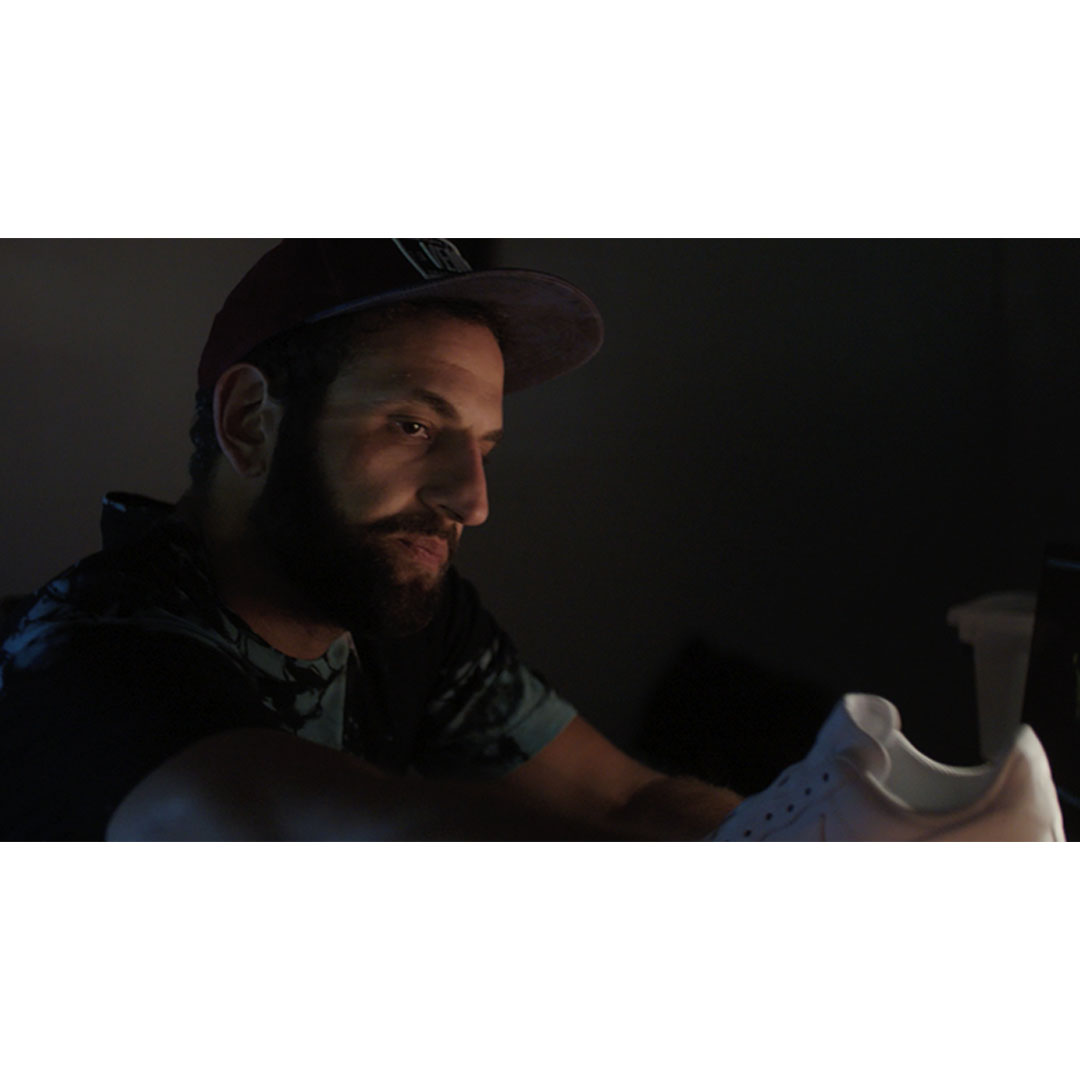
How does it feel now that the show is out for the world to see?
“I still can’t believe that this body of work is completed and it’s out there in the world. The most stressful thing about art is not creating it, but being so exposed and vulnerable by sharing it with the world. So when the numbers keep going up I’m just like, ‘Alright, it’s flying.’ I’m the most vulnerable person right now. I’m ready for all the comments and all the feedback. Whether they’re good or whether they’re bad, it doesn’t matter. At the end of the day, everybody that was involved in this and everybody who believed in this are still riding with us. It doesn’t matter what anybody else thinks because we’re a team. We’re a community that has each other’s back and keeps lifting us up. Other people are going to be haters and some won’t get it. Not everybody has to love what we do. Take the leap of faith and be vulnerable. Put yourself out there. There’s people that want to root for the underdog. There’s always going to be someone out there that’s trying to knock us down, but there are people out there that are going to say, ‘Good job,’ – and that’s more than enough.”
When can we expect Season 2?
“Season 2, the main premise and the arc are done. The scripts are not done. My dream is for Kicks & Losers to be picked up by a major network and to work alongside other talented writers. I wrote the script and the storylines [for Season 1.] I also worked with two other writers that were male figures that were part of it. I tried getting a female writer, but she was busy working on another project. I know that there are female writers out there that are amazing and I want to bring a bigger story to Ava, and then even to Lucy. So I need a female writer and that’s really what I want for the next season before I start writing the scripts. I want to bring that power of women and independence to the female lead characters. I want a team of writers who believe in this and really are invested in the characters.”
KICKS & LOSERS | Season 1 Available Now | Watch Below
Follow @kicksandlosers and @sirpaulbeniamin on Instagram.
